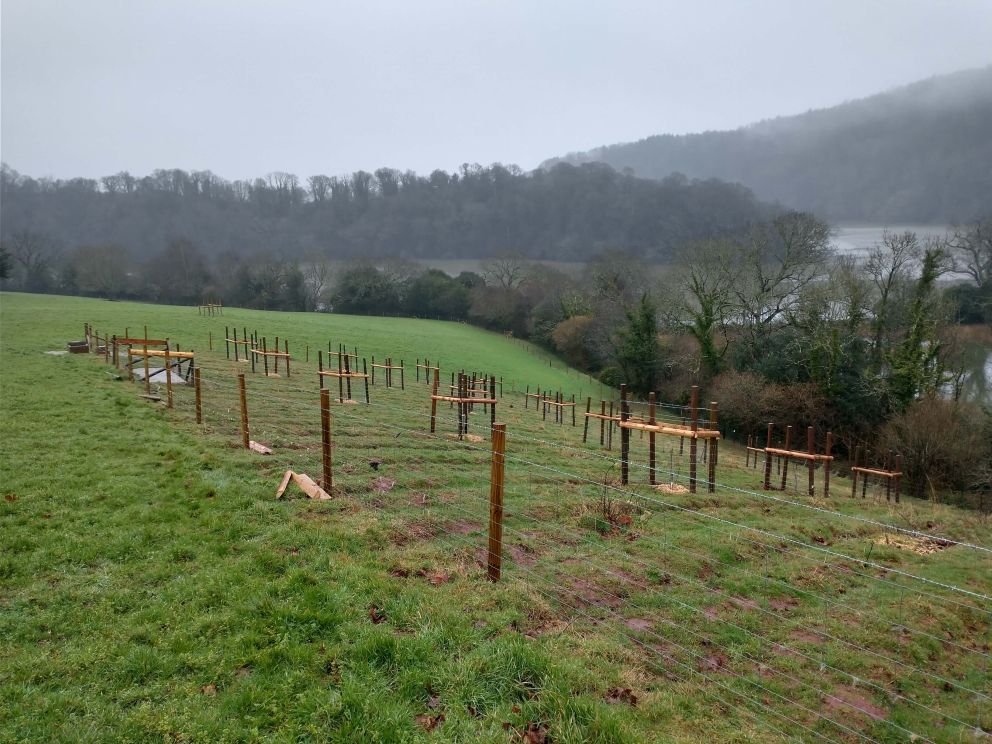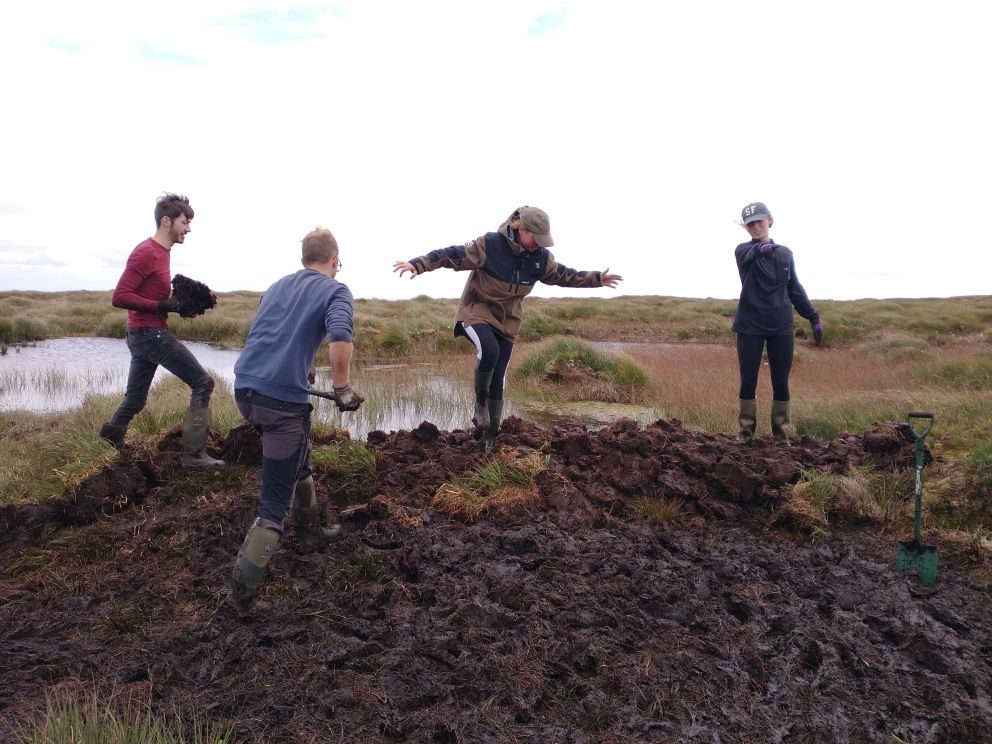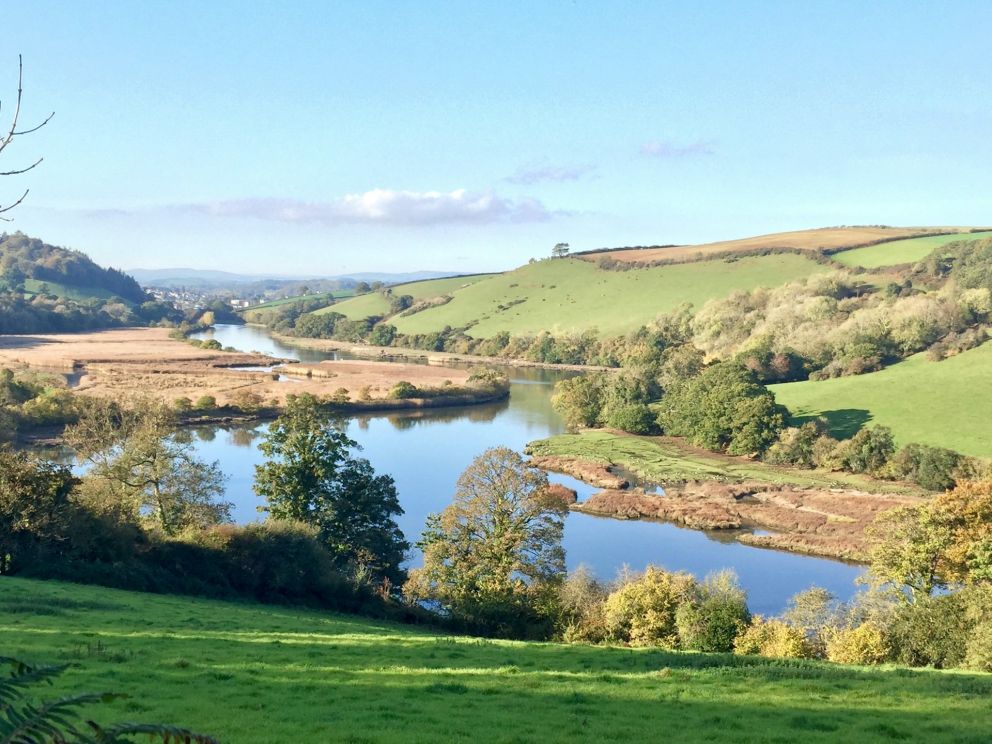People & Communities
The resident population in the catchment of just over 80,000 people is supplemented by at least 150,000 people living just outside the catchment in Torbay, Newton Abbot and other nearby towns. From there and further afield, the catchment attracts an estimated 1.4m visitors each year.
The River Dart has an exceptionally high level of public accessibility and use, compared to many other Devon rivers: walking, hiking, running, swimming, white-water kayaking, paddling and boating on the estuary, fishing, nature-watching, dog walking, foraging, cycling, climbing, painting, loafing and picnicking (not an exhaustive list!) beside and in the Dart provides leisure time, nature connection, health and wellbeing benefits to tens of thousands of people every year. This goes a long way to explain the levels of interest in the Dart’s condition and its future recovery.



